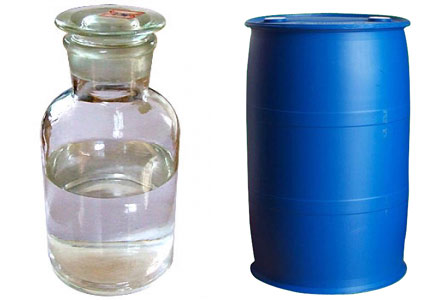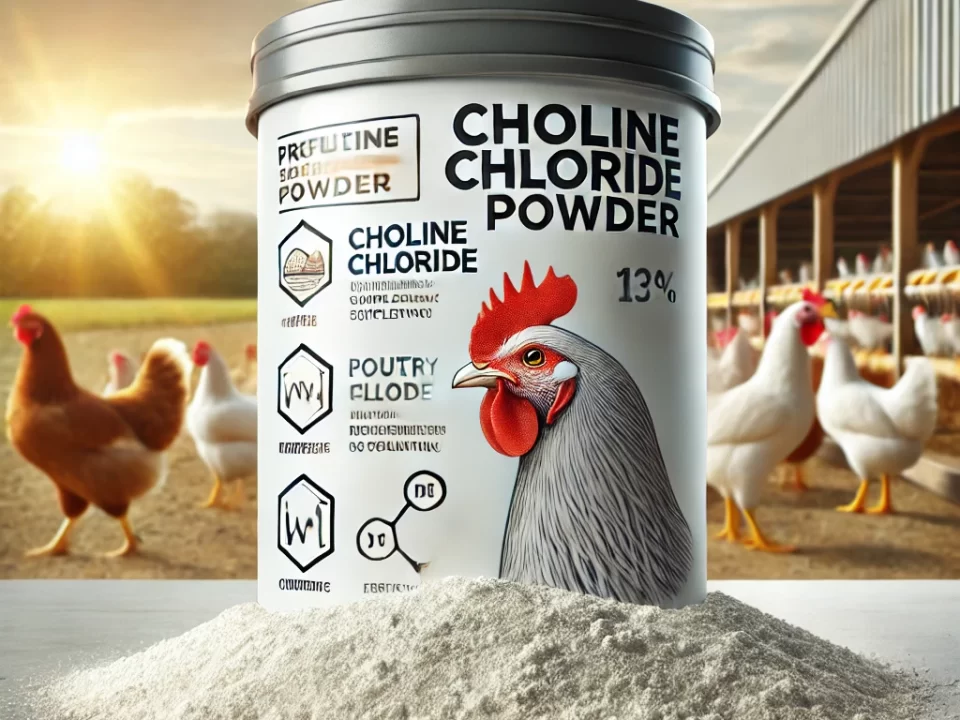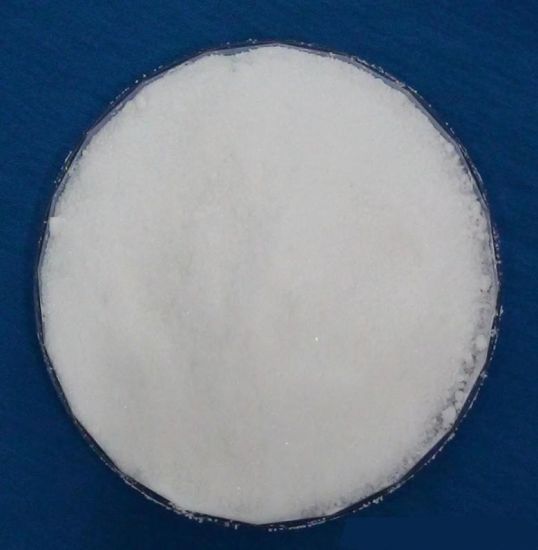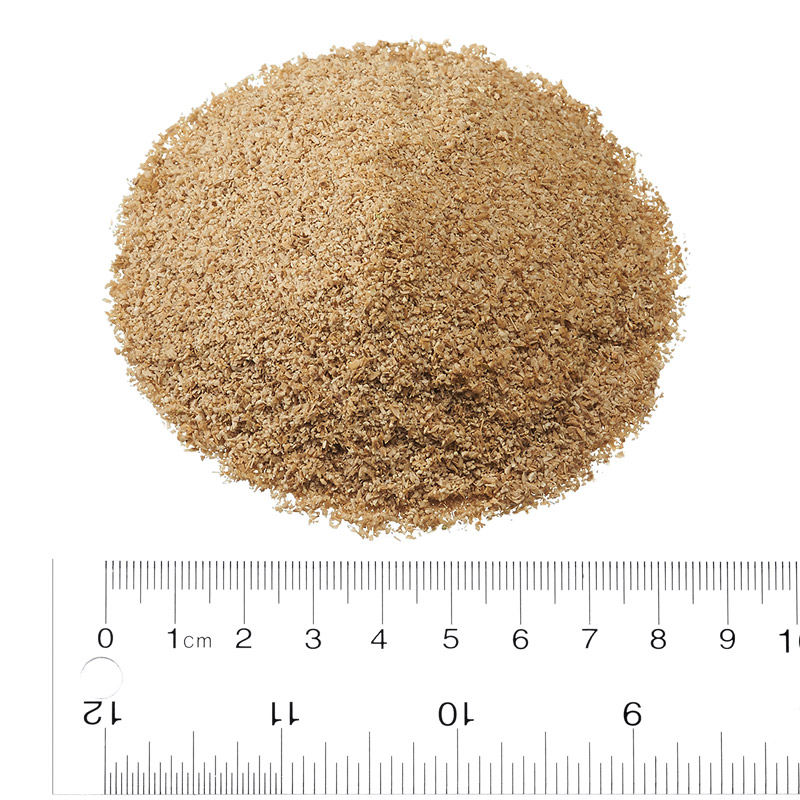Choline Chloride Liquid

Soybean Meal
June 27, 2016
MCP 22%
June 28, 2016Choline Chloride Liquid
[Function] 1).be used as a shale swelling inhibitor in drilling fluid , completion fluid, and workover fliud,to prevent shale from expansion and hydration, providing wellbore stability.
2).be used as feed additives,choline, known as Vitamin B4, is a water soluble vitamins. it is the essentialcomponent of lecithin . And it is very important for the nutrition and growth of the animals . Because younganimals cannot synthesize Choline Chloride itself,so their required Choline should be taken from feedstuff.
| Product Name | Choline Chloride Liquid | |
| Purity | 70% | 75% |
| Appearance | It is colourless or light brown liquid | |
| Ph | 6.0-8.0 | |
| TMA | 300ppm Max | |
| Ash | 0.002 Max | |
| Heavy Mental | 0.00001 Max | |
| Packing | 220~230Kgs/drum ;22000Kgs/flexitank ;1100Kgs/IBC | |
| Storage | Kept in a cool dry place and avoid direct sunlight | |
| Shelf Life | 24months | |
Related posts
March 24, 2018






13 Comments
Why are Choline Chloride Liquid ( feed additives ) important?
At the same time as making gains in production as well as performance, the industry has needed to maximise the health and wellness as well as well-being of the Animal and minimise the impact of the sector on the setting.
They are necessary since in foods, if you’s Animal do not have aditives, after that your Animal are not obtaining all of the nutrients you’s Pet need.
The use of feed ingredients has actually been a vital part of attaining this success.
Ingredients send you a lot of fiber as well as nutrients. , if your Pet not obtaining the fiber and also nutrients that your Pet requirement Animal could get very sick.
.
Why supplement Choline Chloride ?
Supplemental unprotected choline is highly degraded in the rumen limiting its effectiveness. Having a consistent quantity of choline, such as the encapsulated form found in OptiPass Choline increases availablity in the intestine and can help reduce the incidence of metabolic disorders caused by fatty liver syndrome.
How choline chloride is produced?
There are three basic raw materials which are required for the production of choline chloride which are as follows:
1-Trimethyl amine (TMA)
2-Ethylene oxide (EO)
3-Hydrochloric acid (HCl)
How to act when using choline chloride?
Ask for a guarantee that no other salts like table salts have been added.
Always ask for the original certificate of analysis from the producer.
Do choline specific tests like AgNO3 Titration, Reinecke or Ion Chromatography when you question the quality?
Ask for a guarantee that chloride content has 1:1 relationship with choline.
Why is the Rumen protected Choline Chloride necessary?
Is choline chloride unstable as a feed additive?
Choline chloride stability: powder or water is stable in feed, but it has damage to VA, VD3, VE, VK and so on. It should be added separately.
Titer: the relative activity of choline chloride is equivalent to 87% of choline, so 75% of the choline chloride water agent is 65.25%, and 50% powder is 43.5%. When methionine, VB12, and folic acid are insufficient in high energy feed or feed, the supply should be increased
What is the practical approach to choline supplementation?
There are two approaches when it comes to deciding how to tackle the issue of choline supplementation. The first is to use a high level of choline supplementation in all diets, say adding 1,000 mg/kg in all broiler diets, and 500 mg/kg in all layer diets. This approach disregards any fluctuation in natural levels of choline either within or among cereal sources, and may also be warranted in case of using high levels of maize by-products. It is a one-size fits all approach that provides ease of mind, but at considerable expense (choline chloride is an expensive ingredient). The second approach is that of introducing choline as a nutrient that needs to be balanced on and monitored during formulation, taking into account the exact contributions of choline from natural ingredients. To this end, choline chloride is handled as an independent nutrient and as such it is not part of the vitamin premix. Thus, some formulas will require less or none choline compared with others.
Choline is not a mystery, but considerable confusion arises when it comes to feed formulation for poultry. The questions above provide an insight why choline is essential for poultry, how much it is needed, why some diets require more choline than others, and finally, how to handle choline supplementation in practice. At the end of the day, choline is another nutrient with that requires special attention, and that only if least-cost feed formulation is the desired outcome.